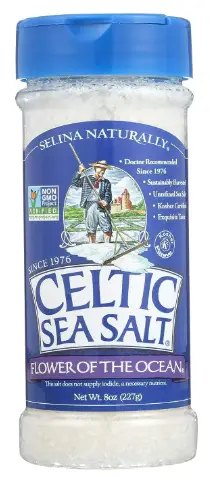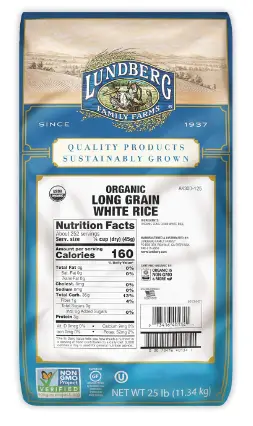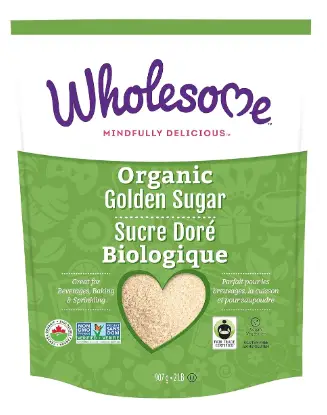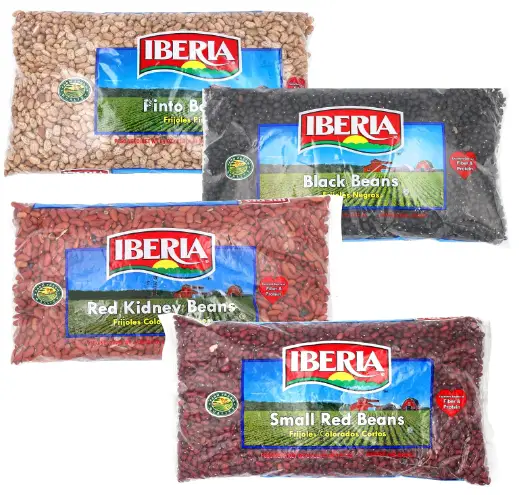Are you tired of throwing away expired food? Do you wish there was a way to keep your pantry stocked with items that never go bad and Which Food Can Never Go Stale Or Bad?
Well, look no further! In this article, we will explore the world of food that can never go stale or bad. From the sweet golden goodness of honey to the versatile and essential salt, we will uncover the secrets of these everlasting pantry staples.
When it comes to foods that never go bad, honey is at the top of the list. This natural sweetener has been used for centuries and has a remarkable ability to stay fresh indefinitely. Due to its low moisture content and acidic pH, honey creates an environment that is inhospitable to bacteria and other microorganisms.
So, whether you use it for baking, drizzling over your morning toast, or even as a natural remedy for a sore throat, you can rest assured that your jar of honey will never spoil.
Stay tuned as we delve into more timeless food items that will keep your taste buds satisfied and your pantry well-stocked!
1. Honey
Did you know that honey, unlike most other foods, never goes bad or stale? It’s true! Honey has an incredible shelf life because of its unique chemical composition and low moisture content.
This means that you can store a jar of honey in your pantry for years without worrying about it spoiling or losing its flavor.
One of the benefits of honey as a natural sweetener is that it is packed with antioxidants and contains natural vitamins and minerals. It can be a healthier alternative to refined sugar, which is known to contribute to various health problems.
Additionally, honey has been used for centuries as a remedy for a sore throat. Its soothing and antibacterial properties can help alleviate discomfort and speed up the healing process.
So the next time you have a sweet craving or a scratchy throat, reach for a jar of honey and enjoy its long-lasting goodness.
2. Salt
Salt, being a preservative, is capable of maintaining its freshness indefinitely. It’s been used for centuries as a reliable method to keep food from spoiling.
When it comes to preserving food, salt has several advantages. First, it dehydrates the food, making it less hospitable for bacteria to grow. Secondly, salt inhibits the growth of microorganisms that cause food spoilage, such as mold and yeast. Lastly, salt enhances the flavor of food, adding a savory taste that makes it more enjoyable to eat.
There are different types of salt and each has its own unique uses in cooking. The most common type is table salt, which is finely ground and usually contains added iodine. It’s used for everyday cooking and seasoning.
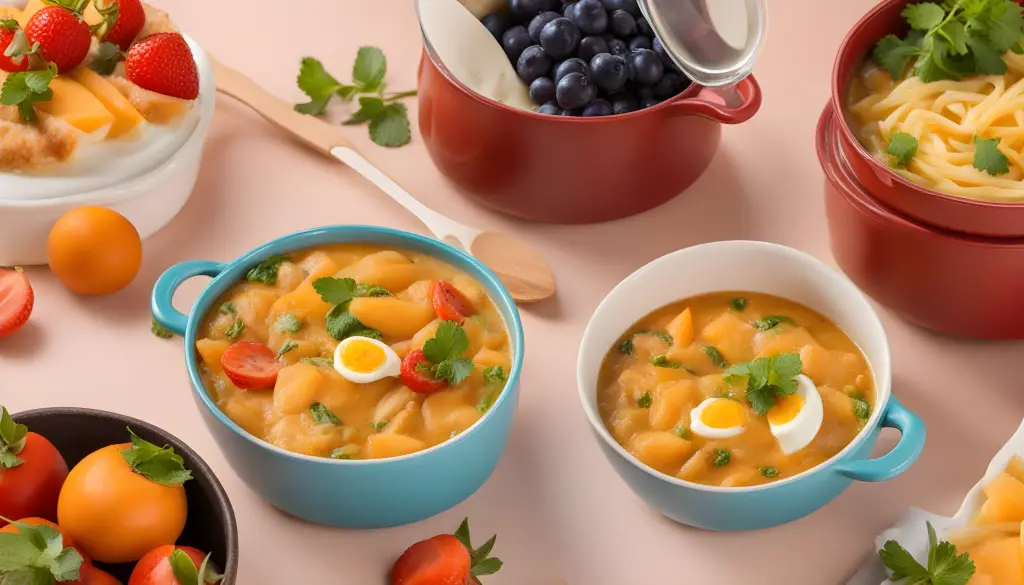
Kosher salt, on the other hand, has larger crystals and is popular among chefs for its ability to season food evenly. It’s often used in the process of koshering meat.
Sea salt, as the name suggests, is obtained from evaporated seawater. It has a slightly different flavor compared to table salt and is often used as a finishing salt to sprinkle on dishes just before serving.
These different types of salt offer versatility in cooking, allowing you to add flavor and preserve your food effectively.
3. White rice
You can’t go wrong with white rice – it’s a staple in many cuisines and a go-to option for a quick and satisfying meal.
Cooking white rice to perfection requires some simple techniques. First, rinse the rice under cold water to remove any excess starch. Then, combine the rinsed rice with water in a saucepan and bring it to a boil. Once it boils, reduce the heat to low and cover the saucepan with a tight-fitting lid. Let the rice simmer for about 15-20 minutes until all the water is absorbed. Fluff the rice with a fork before serving, and you’ll have perfectly fluffy white rice ready to be enjoyed.
Incorporating white rice into your diet comes with several nutritional benefits. It is a good source of energy, as it’s rich in carbohydrates. White rice is also low in fat and cholesterol, making it a heart-healthy choice.
Additionally, it’s gluten-free, which makes it suitable for individuals with gluten intolerance or celiac disease. White rice is also a good source of vitamins and minerals, including thiamine, niacin, and iron.
By including white rice in your meals, you can ensure a balanced and nourishing diet that satisfies your taste buds and provides essential nutrients.
4. Sugar
Sugar is a versatile ingredient that adds a touch of sweetness and enhances the flavor of countless dishes. From baked goods to savory sauces, sugar is a staple in many kitchens around the world. But did you know that sugar also has health benefits? While it’s important to consume it in moderation, sugar can provide a quick source of energy and even improve your mood.
In addition to its health benefits, sugar has a wide range of culinary uses. It can be used to caramelize fruits and vegetables, creating a delicious and visually appealing dish. Sugar is also an essential ingredient in baking, helping to create the perfect texture and balance of flavors. Whether you’re making a decadent chocolate cake or a simple batch of cookies, sugar is a key component that can’t be replaced.
To better understand the various culinary uses of sugar, here is a table showcasing its versatility:
| Culinary Use | Description | Examples |
|---|---|---|
| Caramelizing | Melting sugar over heat to create a rich, golden syrup | Creme brulee, caramelized onions |
| Baking | Adding sweetness and creating texture in baked goods | Cookies, cakes, pastries |
| Preserving | Using sugar to preserve fruits and create jams and jellies | Strawberry jam, apple butter |
As you can see, sugar is not just a simple ingredient that adds sweetness to your food. It has health benefits and plays a crucial role in enhancing the flavor and texture of various dishes. So the next time you reach for that bag of sugar, remember its versatility and the magic it can bring to your culinary creations.
5. Dried beans and legumes
Dried beans and legumes are a pantry staple that can add a hearty and nutritious element to a variety of dishes. Whether you’re making a comforting bean soup or a flavorful lentil curry, these versatile ingredients are sure to satisfy your taste buds.
One of the great things about dried beans and legumes is that they have a long shelf life and can be stored for months without going bad. This makes them a convenient option for stocking up your pantry and having a reliable source of protein and fiber at hand whenever you need it.
When it comes to cooking methods, dried beans and legumes offer a range of possibilities. You can soak them overnight and then simmer them on the stovetop for a few hours until they become tender and flavorful. Alternatively, you can use a pressure cooker to significantly reduce the cooking time and still achieve the same delicious results. Another option is to incorporate them into slow cooker recipes, where they can simmer for hours, allowing the flavors to meld together and create a comforting meal.
In addition to their versatility in the kitchen, dried beans, and legumes also offer numerous health benefits. They’re an excellent source of plant-based protein, making them a great choice for vegetarians and vegans. They’re also rich in dietary fiber, which can help promote healthy digestion and lower cholesterol levels.
Furthermore, dried beans and legumes are packed with essential vitamins and minerals, such as folate, iron, and magnesium. Incorporating them into your meals can help support overall health and provide a satisfying and nutritious addition to your diet.
So, next time you’re looking for a pantry staple that won’t ever go bad, consider stocking up on dried beans and legumes for their culinary versatility and health benefits.
Conclusion
In conclusion, when it comes to food that can never go stale or bad, you have several options.
Honey, with its low moisture content and acidic pH, can last indefinitely. It’s a sweet and versatile ingredient that can be used in various recipes or as a natural sweetener.
- Salt is another pantry staple that never expires. Its ability to preserve food by drawing out moisture makes it a reliable option for long-term storage.
- White rice, when stored properly in a cool and dry place, can last for years without going bad. This makes it a convenient and cost-effective option for stocking up your pantry.
- Sugar, with its low moisture content, can also last indefinitely if kept in an airtight container. It’s a versatile ingredient that can be used in baking, cooking, and sweetening beverages.
- Lastly, dried beans and legumes are known for their long shelf life. If stored in a cool and dry place, they can last for many years. These pantry staples are not only nutritious but also provide a great source of protein and fiber.
So, whether it’s honey, salt, white rice, sugar, or dried beans and legumes, having these long-lasting food options in your pantry ensures that you’ll always have something to rely on, even in times of scarcity or emergencies.



